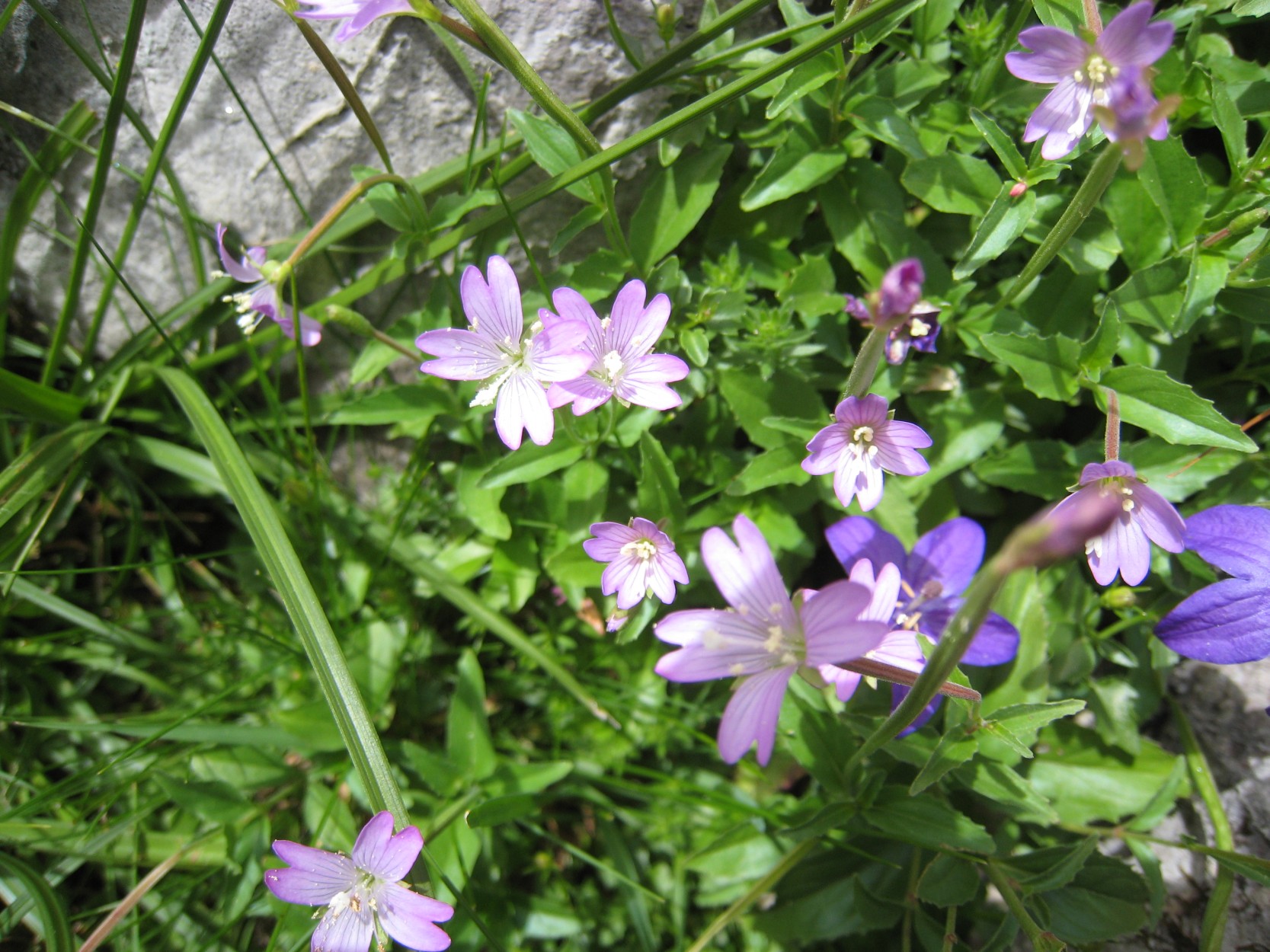Durie's Willowherb
(Epilobium duriaei)

Description
Epilobium duriaei, also known as Durie's Willowherb, is a species of flowering plant that belongs to the Onagraceae family. It is native to the mountains of Central and Southern Europe and can be found growing in rocky and stony habitats, including meadows, pastures, and slopes. In this article, we will explore the various characteristics, distribution, and uses of Epilobium duriaei. Taxonomy and Nomenclature Epilobium duriaei was first described by the Austrian botanist Leopold Kerner von Marilaun in 1895. The species was named in honor of Franz Durie, an Austrian botanist who collected the type specimen in the Austrian Alps. The genus Epilobium is derived from the Greek words "epi," meaning "upon," and "lobos," meaning "a pod or fruit." The species name duriaei refers to Franz Durie. Description Epilobium duriaei is a perennial herb that grows up to 80 cm tall. The stem is erect, unbranched, and hairy. The leaves are lanceolate to ovate, up to 12 cm long and 4 cm wide, with a serrated margin. The leaves are arranged alternately on the stem and are also hairy. The flowers are pink to purple, about 2 cm in diameter, and have four petals and four sepals. The flowers are arranged in a dense spike-like inflorescence that can be up to 30 cm long. The fruit is a cylindrical capsule that contains numerous seeds with long, white, silky hairs. Distribution and Habitat Epilobium duriaei is native to Central and Southern Europe, including the Alps, the Carpathians, the Pyrenees, and the Balkans. It can be found growing in rocky and stony habitats, including meadows, pastures, and slopes. It prefers well-drained soils and is tolerant of both sun and shade. The plant is adapted to cold and harsh environments and can survive temperatures as low as -15°C. Uses Epilobium duriaei has a long history of use in traditional medicine. It is known for its anti-inflammatory and antioxidant properties and has been used to treat a variety of ailments, including gastrointestinal disorders, urinary tract infections, and respiratory illnesses. The plant contains several bioactive compounds, including flavonoids, tannins, and phenolic acids, which are responsible for its medicinal properties. In addition to its medicinal uses, Epilobium duriaei is also used as an ornamental plant in gardens and parks. Its pink to purple flowers add a splash of color to any landscape, and its hardiness makes it an attractive choice for colder climates. Conservation Status Epilobium duriaei is not currently listed as a threatened species, but its habitat is vulnerable to human activities such as agriculture and urbanization. The plant is also at risk of being displaced by non-native invasive species, which can outcompete native plants for resources. Conservation efforts should focus on protecting the natural habitats of Epilobium duriaei and preventing the spread of invasive species. Conclusion Epilobium duriaei is a beautiful and hardy plant that is native to Central and Southern Europe. It is known for its medicinal properties and has a long history of use in traditional medicine. The plant's adaptability and hardiness also make it an attractive choice for gardens and parks. However, its habitat is vulnerable to human activities, and conservation efforts should focus on protecting this valuable species and its natural habitats.
Taxonomic tree:







